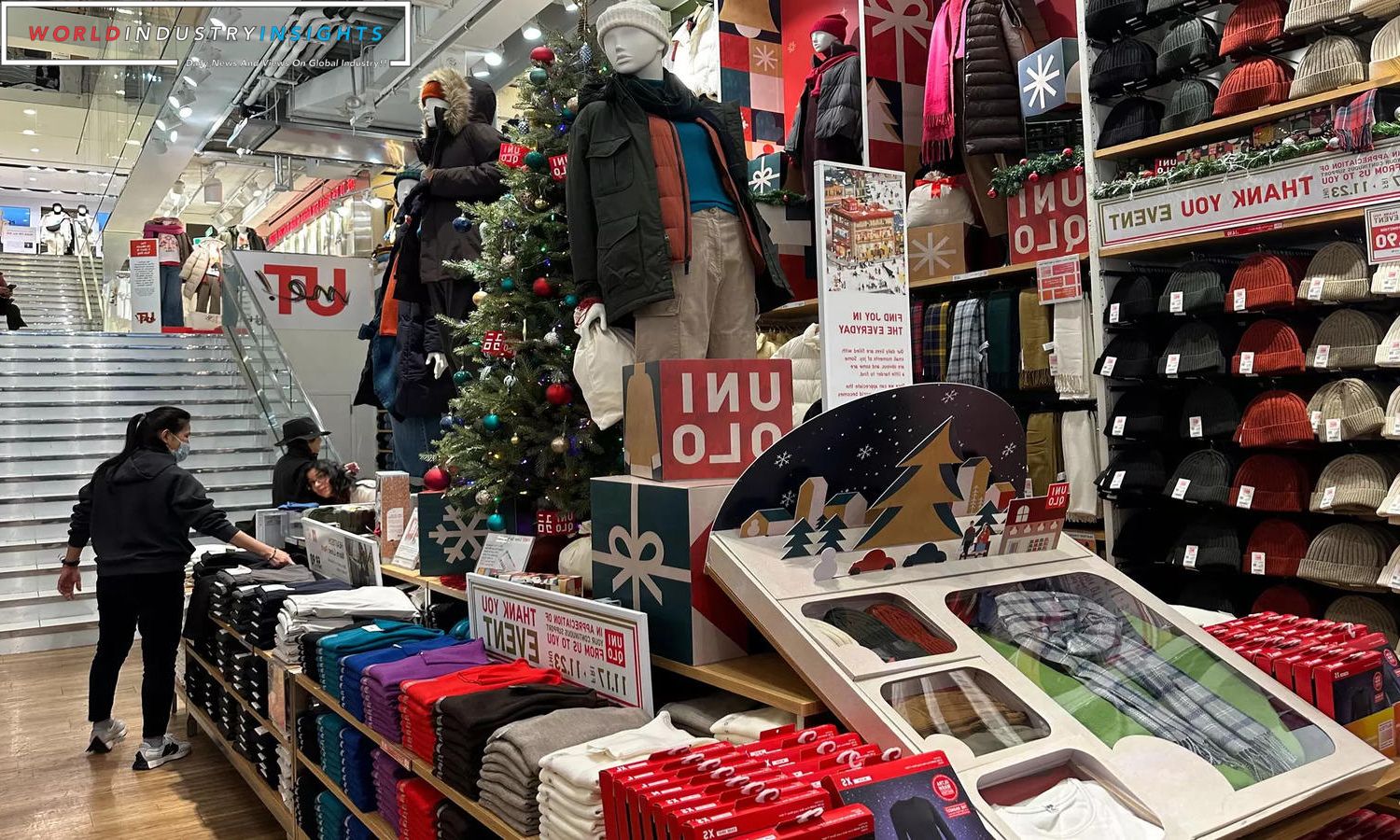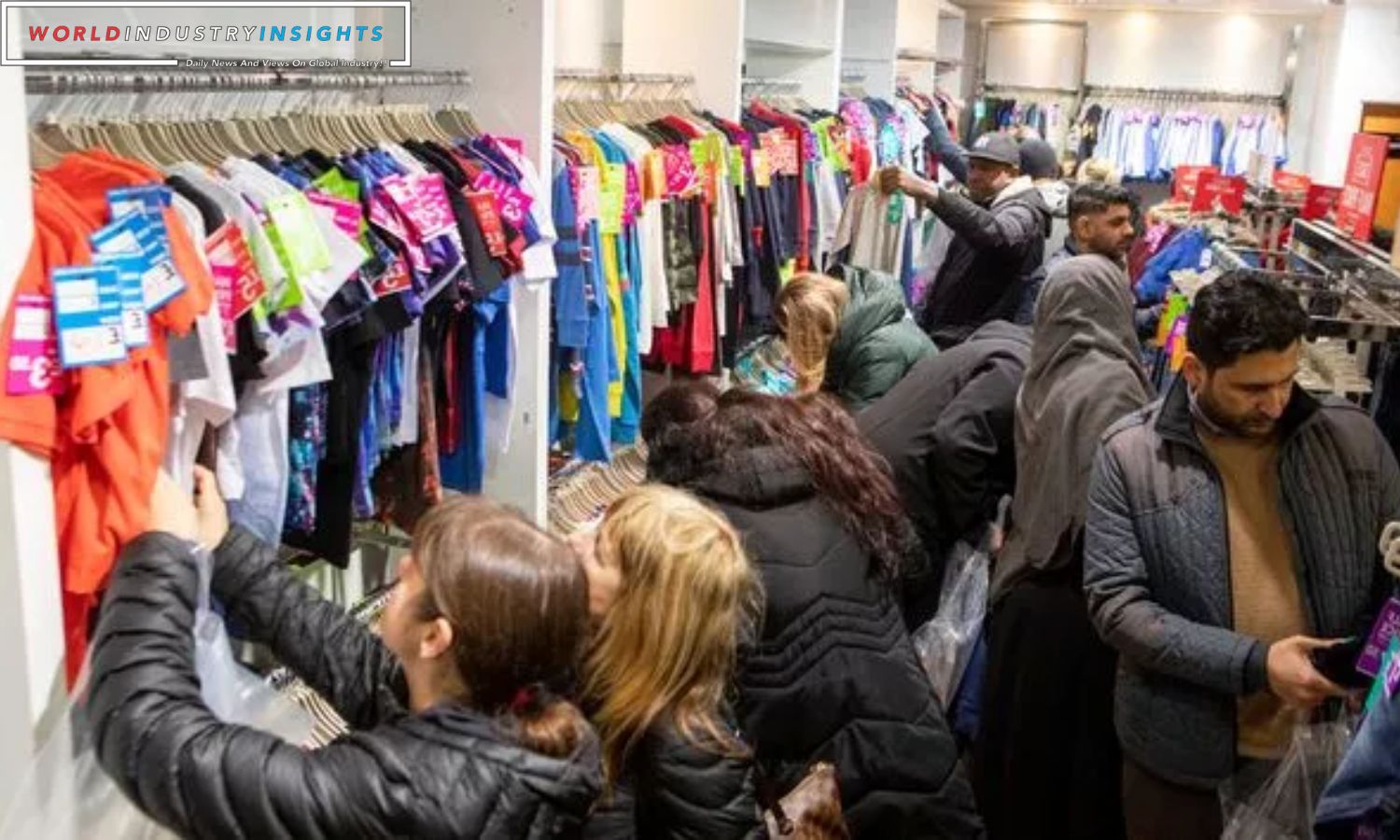Holiday Shopping Bonanza: Holiday Shopping Season Brings Price Drops on Everyday Items Retailers are gearing up for what seems to be the most affordable holiday shopping period in years, especially for products priced at $35 or less. According to retail executives, federal pricing data, and an exclusive analysis of early Black Friday discounts, the battleground for retailers revolves around merchandise in this price range. Toys, games, hobby gear, and sporting goods are expected to be less expensive, marking a departure from recent trends.
Data from the Bureau of Labor Statistics (BLS) indicates a decline in prices for various items compared to pre-pandemic levels. TV prices, for example, are three-fourths of what they were in 2019, and apparel items like men’s suits, outerwear, sports coats, women’s dresses, and audio equipment are 8% to 14% cheaper. This shift comes after pandemic-induced disruptions in the supply chain and a significant shift in consumer demand from services to goods, leading to increased prices for various consumer goods.
Retail giants like Walmart and Target are already witnessing declines in prices, allowing them to offer attractive discounts this holiday season. Walmart reported low to mid-single-digit percentage declines in prices for general merchandise compared to last year. Target executives noted a moderation in inflation, creating a rational pricing environment.
Read More: Black Friday Unveiled: Deals, Hot Picks, and Shifting Retail Dynamics in 2023
Black Friday discounts at major retailers range from 30% to 50%, with potential for deeper discounts later in the season. Retailers are strategically offering aggressive discounts to attract budget-conscious consumers. Walmart’s Black Friday deals, for instance, include dolls, Lego sets, winter clothing, baby products, and Christmas decorations priced at or below $35.
Target is emphasizing affordability, stating that over two-thirds of its holiday-season toy collection will be priced at or below $25, and a similar percentage of holiday decorations will be at or below $30. Toys like Barbie dolls are priced below 2019 levels, appealing to budget-conscious shoppers. Other retailers, including Macy’s, Dick’s Sporting Goods, and Lowe’s, have extended price promotions to a broader range of categories compared to last year.
Major e-commerce platforms like Temu and Shein have also joined the race, offering significant discounts in a “value for money” frenzy. Analysts anticipate margin compression and potentially lower sales for retailers as they navigate the delicate balance of offering affordability while maintaining profitability. The evolving landscape suggests a departure from the previous trend of increasing sales despite price hikes, prompting retailers to strategically position themselves for the holiday season.
Our Reader’s Queries
What is the holiday shopping forecast for 2023?
Although many consumers are tightening their belts this holiday season, holiday sales are still expected to make up a significant portion of annual spending. Our forecasts indicate that US holiday retail and ecommerce sales will account for 18% of full-year sales in 2023. This highlights the enduring importance of the holiday season for retailers and underscores the need for businesses to adapt to changing consumer behaviors and preferences.
Why you should start your holiday shopping early?
By shopping early, consumers can take advantage of the best deals and save money. This approach also enables families to spread their spending across multiple paychecks, avoiding the burden of credit card debt. With interest rates on the rise and credit card APRs following suit, charging purchases and carrying a balance can be a costly mistake. So, it’s always better to plan ahead and shop smartly to avoid any financial setbacks.
What is the consumer spending trend in 2023?
Consumer spending has increased, albeit at a slower pace than in the past. In June 2023, growth was 5% year over year, compared to 9% in June 2022. However, the reason for the slowdown is not due to a decrease in purchases, but rather a decrease in the amount paid for those purchases.
What are the statistics for holiday shopping?
During the upcoming 2023 holiday season, bridge millennials and millennials are expected to be the most active shoppers, with 81% and 80% respectively planning to shop. These groups are also more likely than the average shopper to increase their spending this year, with 27% and 31% respectively planning to spend more than they did last year.


